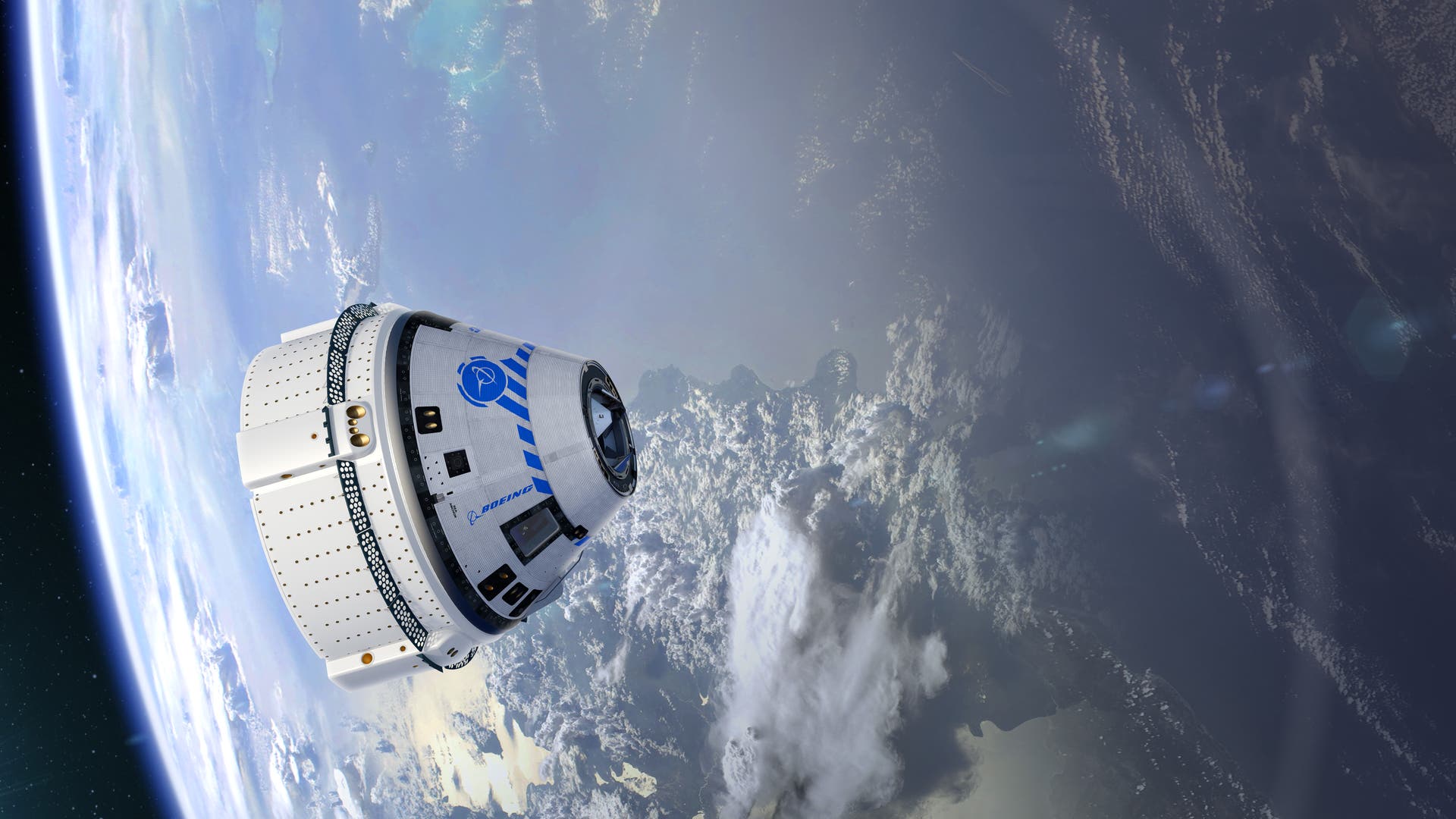Meteorites show that our solar system apparently survived a supernova explosion. But how could the young solar system survive such a violent explosion?
TOKYO – Fossil-like meteorites can provide scientists with valuable information about our solar system’s past. An exciting discovery has now been made in meteorites by a team of researchers led by astrophysicist Doris Arzumanyan of the National Astronomical Observatory of Japan. The team of scientists studied isotopes found in meteorites and found evidence that our solar system survived a nearby supernova about 4.6 billion years ago.
A supernova is the explosion of a star at the end of its life, spewing most of its mass into space. Studies show that other celestial bodies that are very close to the supernova are at serious risk. If a planet with Earth’s biology was constantly exposed to high-energy radiation from a nearby supernova, it could lead to the extinction of a large number of organisms – even mass extinction experts can imagine.
Our solar system has survived a supernova explosion in its original cocoon
In the current case, the Japanese research team found that by the time the solar system should have formed – about 4.6 billion years ago – a large amount of the radioactive aluminum isotope was accumulating in the meteorites they studied. According to the researchers, the most plausible explanation is that there must be a supernova nearby.
But how did Earth and other planets survive such a massive explosion so early in their evolution? It is also possible that the young solar system could have been ripped apart by the shock wave, but apparently not. The research group has developed a theory for this: apparently, the “cocoon” in which the solar system was formed served as a kind of “buffer” and intercepted the worst shock waves from the supernova explosion.
The solar system has been protected from supernova shock waves
Stars form in huge clouds of molecular gas called filaments. Smaller celestial bodies like our Sun are formed along these filaments. Larger stars, including one that is thought to have exploded as a supernova, usually form at the intersection of filaments. Arzumanyan and her team estimate that it took about 300,000 years for the supernova shock wave to penetrate the filaments surrounding the young solar system.
satellite newsletter
Subscribe to the free space newsletter and stay up to date.
“This scenario may have several important implications for our understanding of the formation, evolution and properties of stellar systems,” the team said in the study. in the specialized magazine Astrophysical Journal Letters published had become. “For example, the host filament could play an important role in protecting the young solar system from ultraviolet radiation from stars, which would evaporate light from the protostellar disk, affecting its final size, which in turn would have a direct impact on planet formation. Inside they added that disc. (unpaid bill)
Automated assistance was used in this editorial article. The article was carefully screened by Editor Tanya Banner prior to publication.

“Total coffee aficionado. Travel buff. Music ninja. Bacon nerd. Beeraholic.”







More Stories
Consequences of climate change: Birbok on the front line of the climate crisis in Fiji
Psychology test: The way you extend your thumb can reveal a lot about your personality
Ten years after commissioning: the first manned flight of the Starliner vehicle to the International Space Station